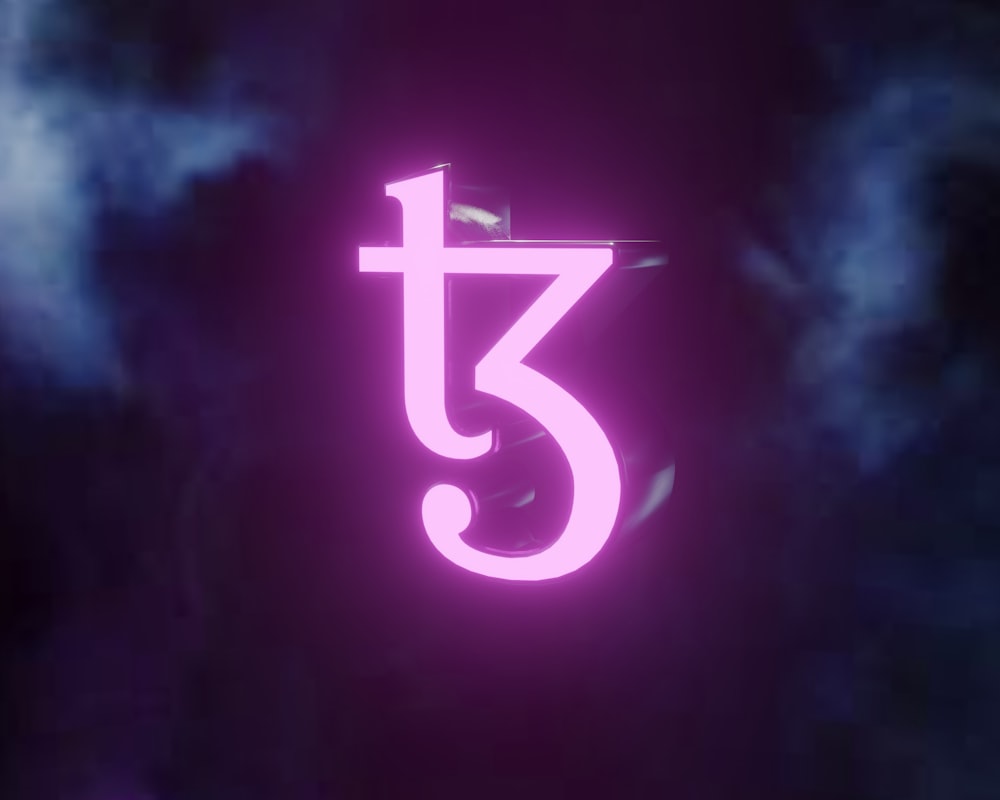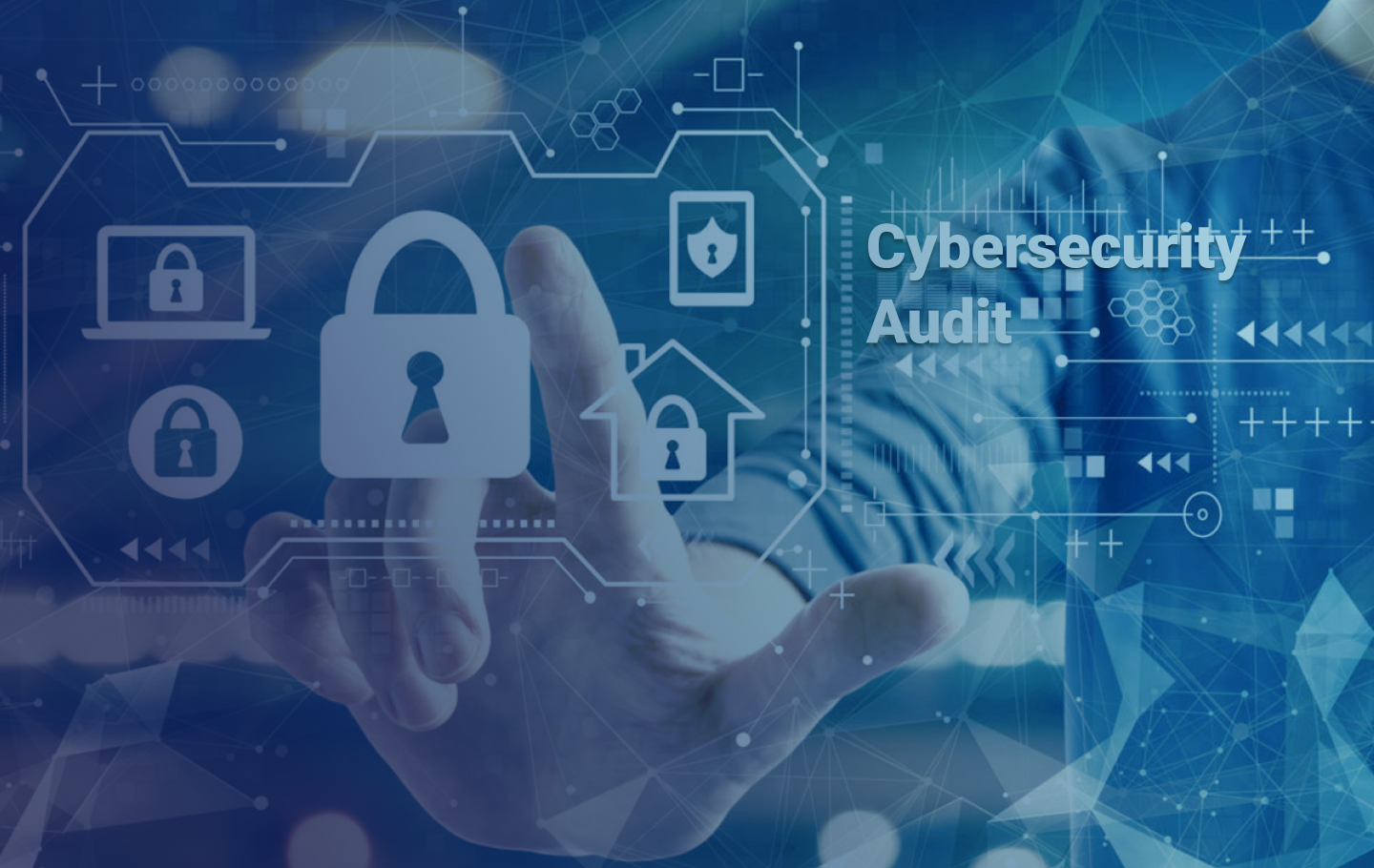Exploring Sia Blockchain: Revolutionizing Data Storage
Introduction: The Evolution of Data Storage
In the digital age, data storage is a critical component of our everyday lives. From personal photos to sensitive business documents, the need for reliable and secure storage solutions has never been greater. Traditional centralized storage systems, however, often come with limitations such as high costs, data vulnerabilities, and lack of control over personal information. Enter Sia Blockchain—a revolutionary platform that is changing the game when it comes to data storage.
Decentralized Cloud Solutions: Empowering Users
At the heart of Sia Blockchain lies its decentralized cloud storage solutions. Unlike traditional cloud storage providers that rely on centralized servers, Sia utilizes a decentralized network of nodes to store and distribute data. This not only enhances security and privacy but also reduces costs by eliminating the need for intermediaries.
The Power of Decentralization: Redefining Data Security
Decentralization is a core principle of Sia Blockchain, and it plays a pivotal role in redefining data security. By distributing data across a network of nodes, Sia ensures that no single point of failure exists. This makes it virtually impossible for hackers or malicious actors to compromise the integrity of stored data—a significant advancement in the realm of data security.
Cost-Effective Storage Solutions: Breaking Barriers
One of the most compelling features of Sia Blockchain is its cost-effectiveness. By leveraging unused storage space on the network, Sia is able to offer storage solutions at a fraction of the cost of traditional providers. This makes it an attractive option for individuals and businesses looking to reduce their storage expenses without sacrificing security or reliability.
Empowering Users with Data Control: The Sia Advantage
In addition to cost savings and enhanced security, Sia Blockchain also empowers users with greater control over their data. Unlike centralized storage providers that retain control over user data, Sia gives users complete ownership and control. This means that individuals and businesses can dictate how their data is stored, accessed, and shared—a level of control that is unparalleled in the industry.
The Future of Data Storage: Sia’s Vision
As the digital landscape continues to evolve, the need for secure, reliable, and cost-effective data storage solutions will only grow. Sia Blockchain is at the forefront of this revolution, paving the way for a future where individuals and businesses have full control over their data. With its decentralized approach, Sia is poised to revolutionize the way we think about data storage—and in doing so, empower users to take back control of their digital lives.
Navigating the Challenges Ahead: The Road to Adoption
While Sia Blockchain holds immense promise, it is not without its challenges. As with any emerging technology, widespread adoption will require overcoming obstacles such as scalability, interoperability, and regulatory compliance. However, with a dedicated team and a passionate community behind it, Sia is well-positioned to address these challenges and realize its vision of a decentralized future.
Conclusion
Sia Blockchain represents a paradigm shift in the world of data storage. By leveraging the power of




